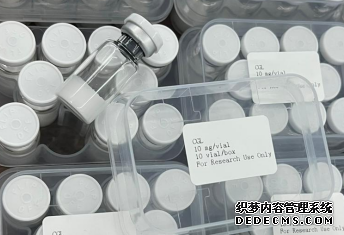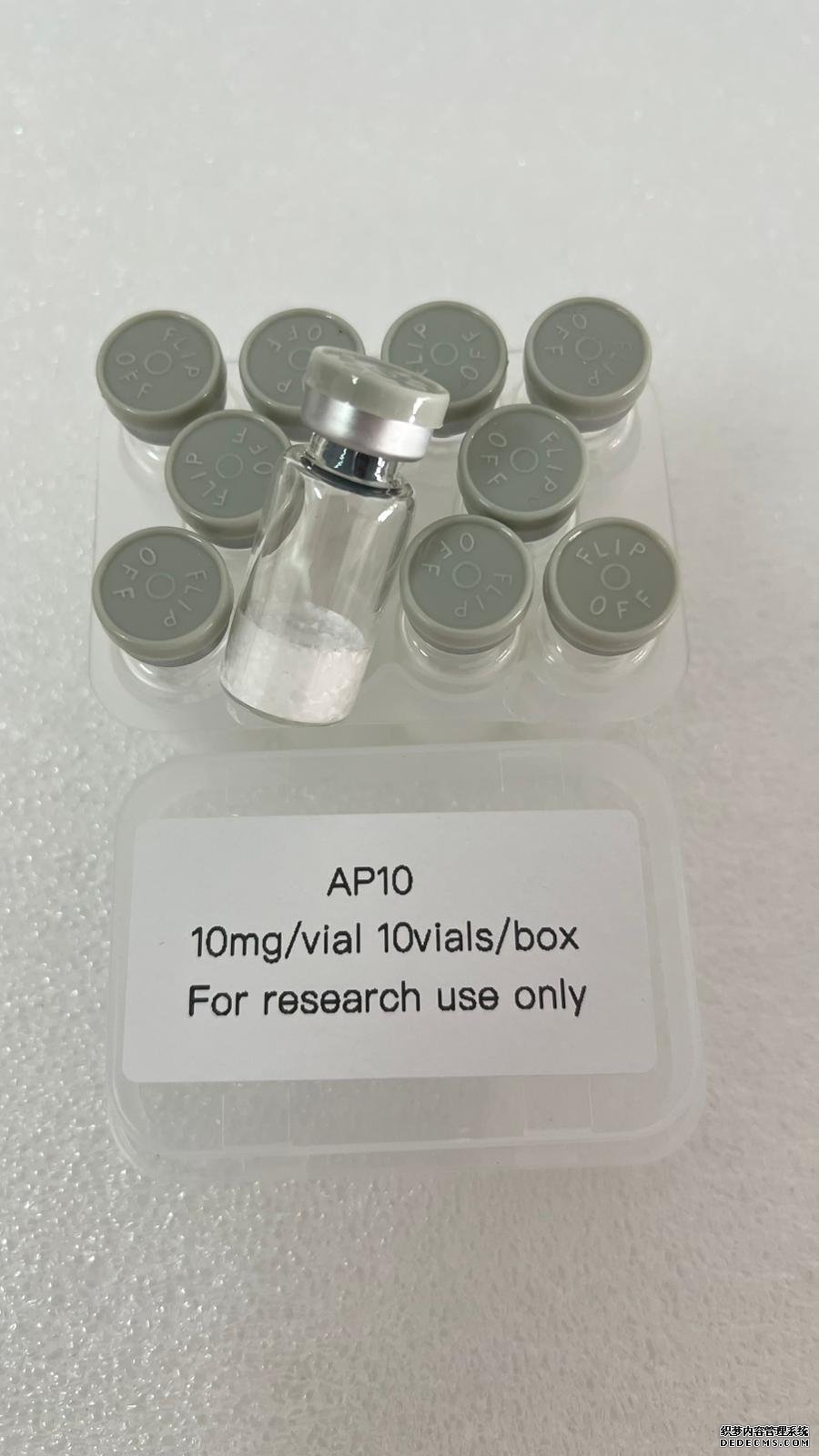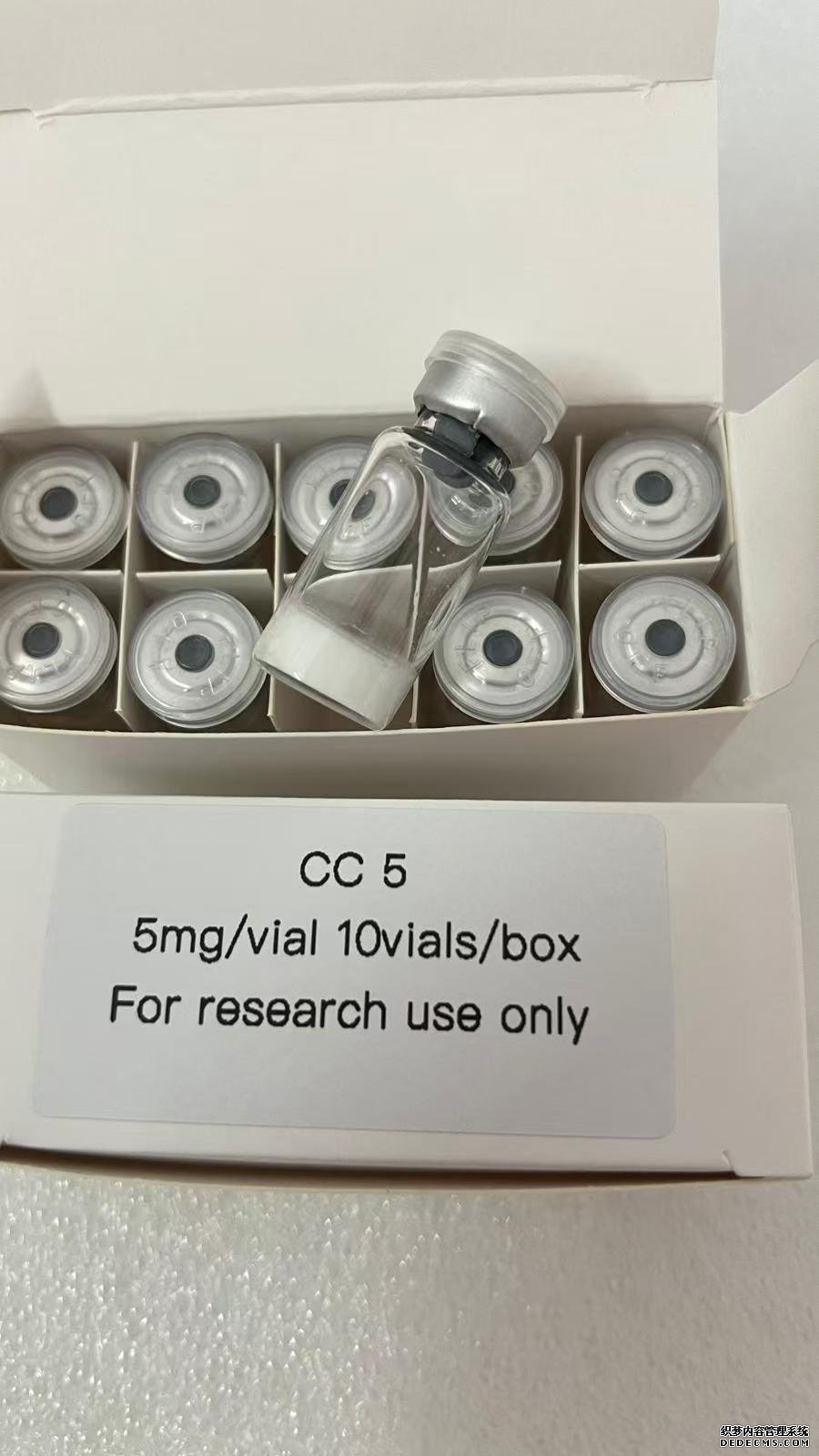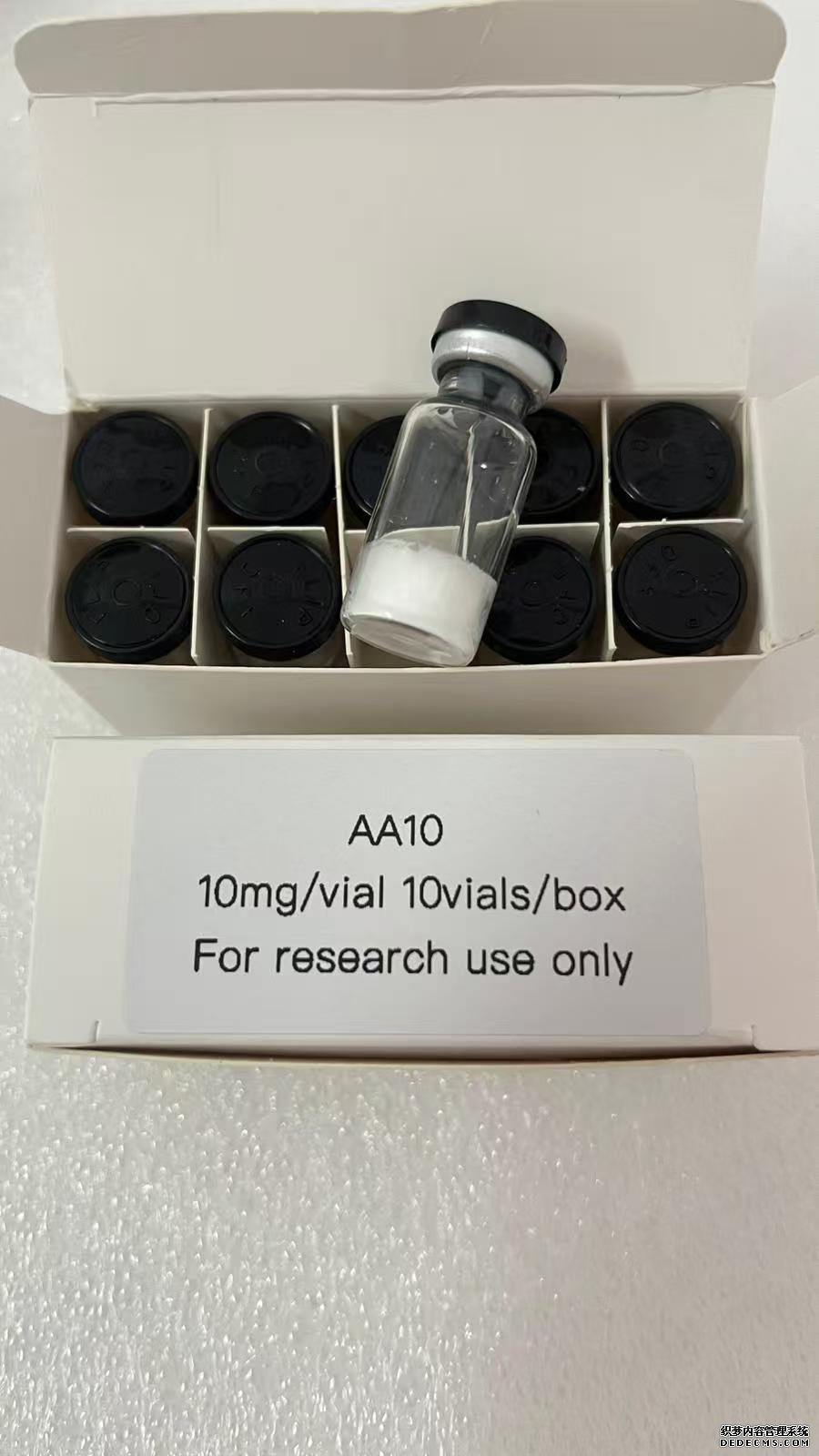HOME > Product List > Peptide 肽类 >
- PREVIOUS:ARA-290 10mg
- NEXT:No next
LL37 5mg
$80 $0 MORE & SAVE!BULK QUANTITY DISCOUNT RATES
LL37 is an antimicrobial peptide with multiple biological functions. It is an important component of the human innate immune system and plays a key role in physiological and pathological processes such as host defense, inflammation regulation, and tissue repair.
Product Details
Basic information
Source and structure:
LL37 is derived from human leukocytes and is the only member of the cathelicidin family. It is named for its molecular weight of about 3.7 kDa. Its amino acid sequence is 37 amino acid residues and has an amphipathic α-helical structure, which gives it both antibacterial activity and membrane binding ability.
Gene location:
The gene encoding LL37 is located on chromosome 8p23.1-p22, and its expression is regulated by many factors, such as inflammatory factors, microbial stimulation, etc.
Mechanism of action
Antibacterial and antiviral effects:
By destroying the integrity of bacterial cell membranes, causing bacterial contents to leak and die, it has inhibitory effects on Gram-positive bacteria, Gram-negative bacteria, fungi and viruses.
It can bind to viral envelope proteins to prevent viruses from invading host cells (such as HIV, influenza virus, etc.).
Immunomodulatory function:
Recruit immune cells (such as dendritic cells and macrophages) to the site of inflammation, promote the release of cytokines (such as IL-8 and TNF-α), and enhance the innate immune response.
Regulate adaptive immunity, promote T cell differentiation and antigen presentation.
Tissue repair and regeneration:
Promote angiogenesis and accelerate wound healing by activating signaling pathways such as vascular endothelial growth factor (VEGF).
Stimulate fibroblast proliferation and collagen synthesis, and participate in the tissue repair process.
Inflammation regulation:
Inhibit excessive inflammatory response, reduce tissue damage by antagonizing proinflammatory factors (such as IL-1β) or regulating immune cell activity.
Physiological and pathological significance
Host defense: Play an antibacterial role in barrier sites such as skin and mucous membranes (such as respiratory tract and gastrointestinal tract) to resist pathogen invasion.
Inflammatory diseases:
In skin diseases such as psoriasis and atopic dermatitis, LL37 expression is abnormally elevated, which may be involved in the continuous progression of inflammation.
In infectious diseases (such as pneumonia and sepsis), LL37's antibacterial and immunomodulatory functions help control the spread of pathogens.
Tissue repair: In wound healing, fracture repair, etc., LL37 accelerates tissue regeneration by promoting angiogenesis and cell proliferation.
Disease association:
Deficiency or abnormal function may increase susceptibility to infection (such as chronic granulomatous disease).
In some autoimmune diseases (such as systemic lupus erythematosus), the complex formed by LL37 binding to nucleic acids may trigger the production of autoantibodies.






 QQ客服
QQ客服